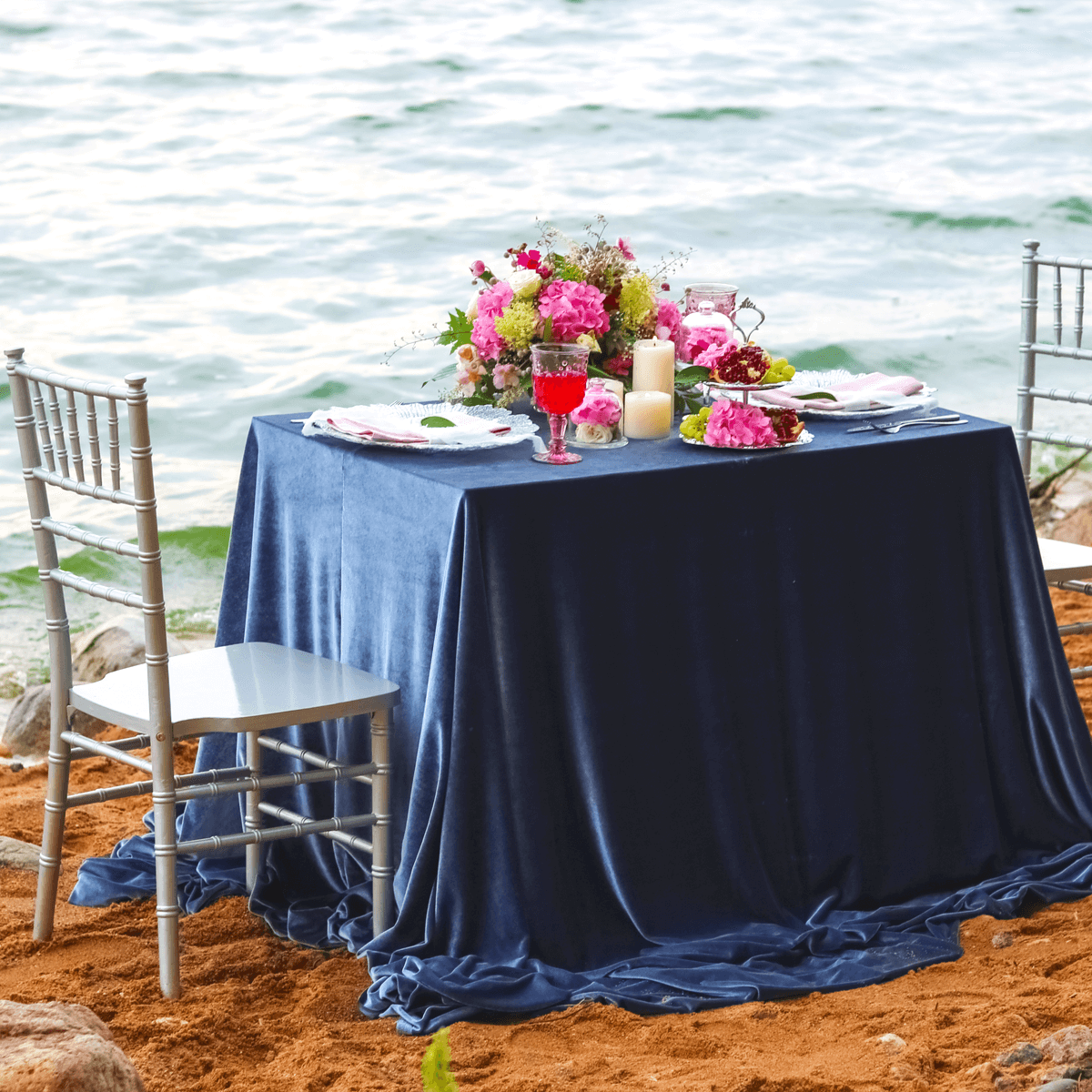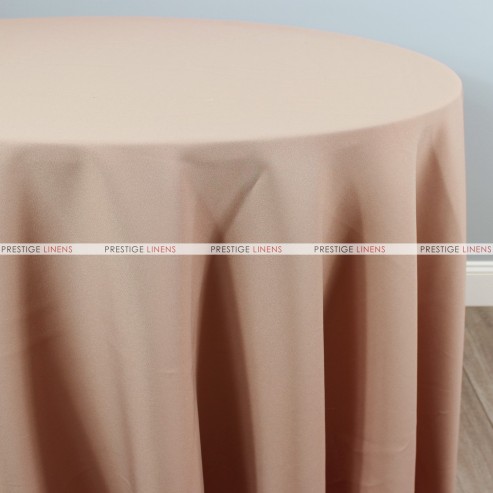Sophisticated Table Cloths: Perfect Choices for every single Celebration
Sophisticated Table Cloths: Perfect Choices for every single Celebration
Blog Article
Bed Linen Fabric Advancements: Discovering Modern Trends and Creative Applications in Layout and Textile Industry
From sustainable manufacturing approaches to sophisticated weaving modern technologies, the advancement of bed linen is reshaping the landscape of the fabric sector. As we dive right into the worlds of creative layout applications and the introduction of bed linen blends and hybrid fabrics, a brand-new phase unfolds in which linen's role in future fabric developments takes facility phase.
Sustainable Practices in Bed Linen Manufacturing
Sustainable methods in linen manufacturing have actually become significantly critical in the textile industry's initiatives to minimize environmental impact and advertise ethical sourcing approaches. Linen, an all-natural fiber acquired from the flax plant, provides a series of benefits such as biodegradability, breathability, and sturdiness. Nonetheless, standard methods of linen manufacturing can include considerable water usage, chemical usage, and energy-intensive procedures.
To attend to these obstacles, numerous textile manufacturers are adopting sustainable techniques throughout the bed linen production procedure. This consists of sourcing flax from organic ranches that avoid harmful pesticides and chemicals, applying water-efficient retting methods to remove fibers from the flax stalks, and utilizing green dyes and finishes. Furthermore, some firms are purchasing sustainable power resources to power their production facilities and minimizing waste via recycling and upcycling initiatives.
Technological Improvements in Bed Linen Weaving
With the expanding emphasis on lasting techniques in bed linen production, the textile market is now observing a surge in technological innovations specifically focused on reinventing the art of bed linen weaving. These technologies are improving the way linen fabrics are created, supplying raised efficiency, quality, and creativity in weaving techniques.
One of the essential technological improvements in bed linen weaving is the assimilation of computerized looms. These advanced looms are equipped with software that enables complicated and elaborate styles to be woven with accuracy. By digitizing the weaving process, manufacturers can attain higher uniformity and accuracy in their linen textiles.
Furthermore, developments in yarn spinning technology have actually made it possible for the manufacturing of finer and more durable linen threads - table cloths. This leads to softer and smoother bed linen materials that keep their quality also after numerous usages and washes
Additionally, the development of eco-friendly dyeing processes and coatings for bed linen materials is gaining grip. These lasting practices not just minimize the ecological effect however additionally deal with the enhancing customer need for ethically generated textiles.
Creative Style Applications for Linen
Innovative creative strategies are increasingly shaping the innovative layout applications for linen in the textile sector. Linen's natural aesthetic charm and capacity to blend with other materials make it a favored choice for producing special garments and devices that provide to the ecologically aware customer.
Additionally, designers are try out bed linen in home design, utilizing its sturdy and breathable nature to craft fashionable furnishings such as curtains, bedding, and furniture. The appearance and drape of bed linen bring a sense of elegance and convenience to indoor spaces, including a touch of style to modern homes.

Linen Blends and Hybrid Fabrics

Crossbreed materials, on the other hand, take the concept of mixing an action even more by integrating additional aspects such as metallic strings, recycled products, or conductive fibers. These ingenious textiles not only expand the layout opportunities but additionally introduce practical aspects like conductivity, antimicrobial buildings, or enhanced sturdiness. Hybrid fabrics are increasingly being made use of in numerous markets, including fashion, interior design, and technological textiles, where the demand for multifunctional products gets on the rise.
Linen's Duty in Future Fabric Innovations

In the world of future textile developments, linen is anticipated to be a key player in the advancement of sophisticated useful fabrics. Researchers and designers are exploring ways to improve bed linen's intrinsic qualities with technical developments, such as including clever fabrics, nanotechnology, and performance finishes. These advancements intend to boost bed linen's efficiency attributes, making it suitable for a wider variety of applications, from activewear to safety apparel.
Moreover, the mix of linen with other natural or synthetic fibers opens up countless opportunities for developing novel textiles with distinct residential properties and functionalities. By leveraging linen's attributes and checking out ingenious blends, the textile market is poised to present amazing developments that deal with progressing customer needs and sustainability needs.
Conclusion
Finally, the expedition of lasting practices, technological improvements, imaginative layout applications, linen blends, and its function in future fabric technologies highlight the continual evolution of linen fabric in the modern Our site layout and fabric sector. With a concentrate on technology and creative thinking, the flexibility and environmentally friendly nature of linen make it an important material for designers and manufacturers alike, paving the way for further developments and improvements in the field of textiles.
As we dig into the worlds of imaginative style applications and the development of linen blends and crossbreed materials, a new chapter unravels in which bed linen's role in future fabric developments takes facility view publisher site phase.
Checking out the fusion of bed linen with various other materials has led to the emergence of cutting-edge blends and hybrid textiles in the contemporary textile market. Linen blends offer an one-of-a-kind combination of the characteristics of bed linen with those of other fibers, resulting in textiles that possess boosted properties such as raised durability, boosted draping, and decreased wrinkling.The evolution of bed linen blends and crossbreed textiles has actually established the phase for Linen to play an essential function in driving future textile advancements.In the realm of future fabric developments, linen is anticipated to be a vital player in the development of sophisticated useful fabrics.
Report this page